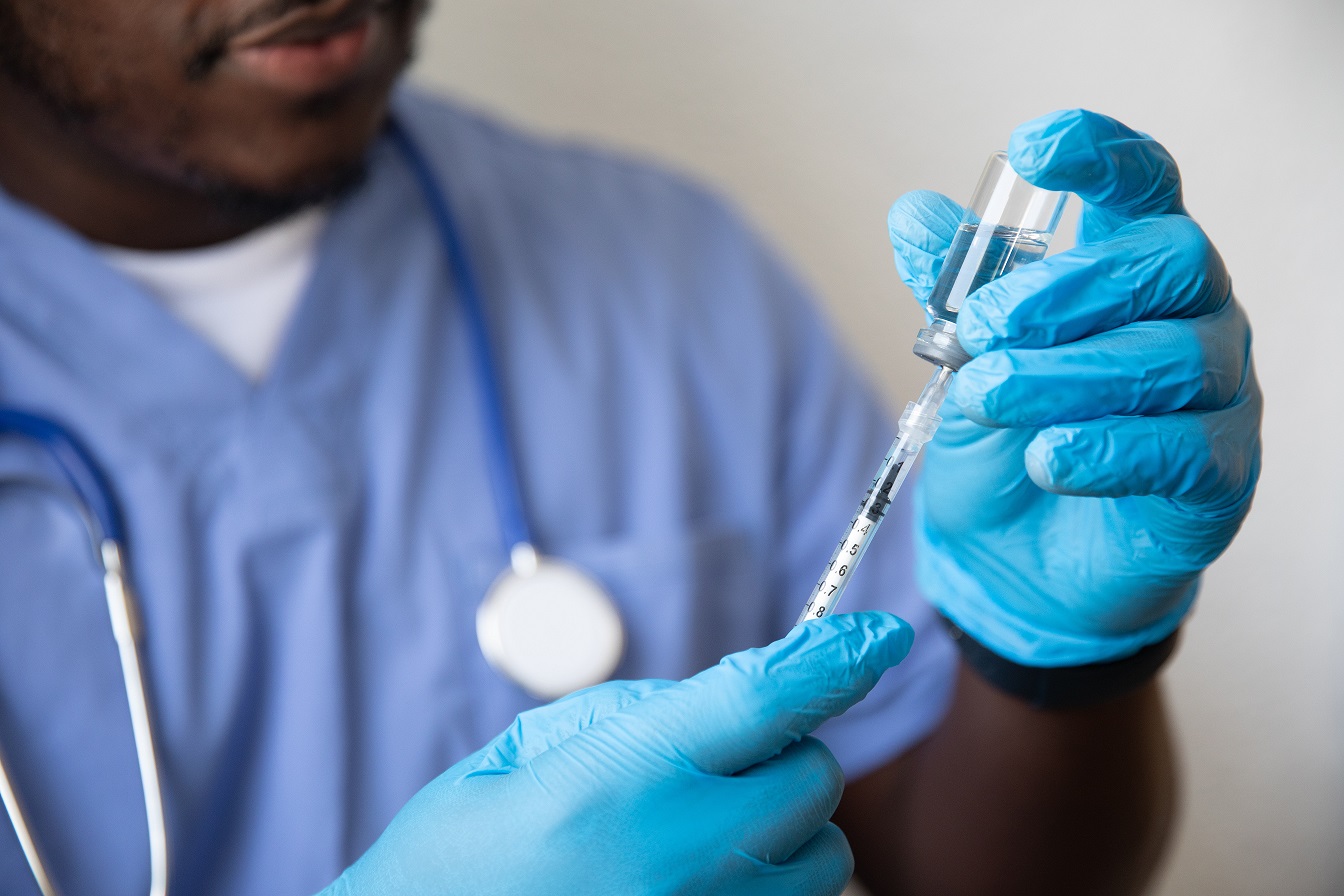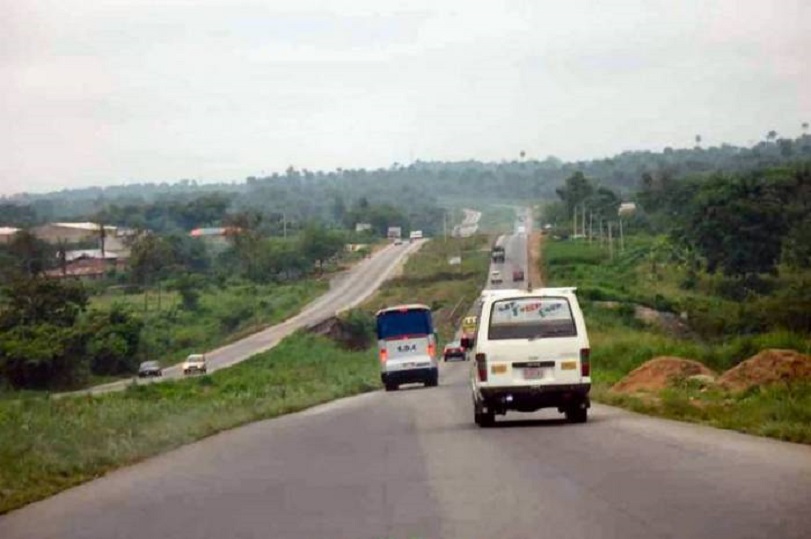Health
Making Family Exercise a Fun Activity

In today’s world where modern technology has us glued to our screens, teens and adults alike are woefully inactive. According to the World Health Organisation (WHO), global estimates show that one in four adults and more than 80% of adolescents do not do enough physical activity.
Physical activity is critical for human health, and adopting a healthy lifestyle that includes regular physical activity is one of the most important things a person can do to improve their health and well-being. Evidence is emerging that shows that physical inactivity is associated with a heightened risk of serious illness and death. On the flip side, researchers have concluded that it takes a mere 11 minutes of daily movement to extend one’s lifespan!
Encouraging children and teens to put down their devices and get up to move around more may seem like an impossible challenge to parents, but, says Dr Helen Okoye, medical expert and spokesperson for the World Thrombosis Day (WTD) campaign, the trick is to find fun activities that align with your family’s interests and preferences.
“If your family exercises together, it can be both fun and beneficial for everyone, and when you enjoy the exercise, it’s more likely to become a sustainable part of your routine,” says Dr Okoye. People love social interaction, and exercising with others is a powerful motivator. Research shows that if you enjoy exercise, you are more likely to stick with it. Exercising with others can supply that enjoyment even if the activity itself is difficult or otherwise not something you love.
Plan fun activities
Create family fitness challenges. Set achievable goals and celebrate achievements together. This could be a certain number of steps per day, minutes of exercise, or completing a workout routine as a team. Encourage everyone in the family to join in on this year’s World Thrombosis Day 60 for 60 Challenge, which invites everyone globally to move against thrombosis by getting up and moving every 60 minutes for 60 seconds from October 1 until October 13.
Schedule regular family walks, either in the neighbourhood or at a local park. It’s a simple way to spend time together while being active. Or plan family bike rides. Choose scenic routes and make it an enjoyable outing for everyone. Outdoor games together are a great way to get the family moving, such as football, basketball, tennis, or even a game of catch. Explore nature together by going on family hikes. Find trails suitable for all fitness levels and ages. Another fun way to keep everyone engaged is by trying Quizado, an interactive quiz platform that turns learning and play into a shared experience. Families can use it to challenge each other with trivia games, sparking friendly competition while spending quality time together.
You could also designate a specific night each week for family sports. It could be anything from a game of volleyball in the backyard to playing tennis at a nearby court. Take advantage of local playgrounds. Engage in activities like playing tag or having a friendly family race. Or try short online exercise videos – YouTube has tons of short exercise classes online, from yoga to dance and cardio, that families can do together.
The benefits of getting everyone in the family to learn to adopt an active lifestyle are endless, points out Dr Okoye. As a spokesperson for WTD, she is only too aware of how being sedentary for extended periods of time can lead to medical complications, one of them being the danger of a blood clot.
“When you’re sedentary for too long, your blood flow slows down, which can lead to deep vein thrombosis (DVT), where clots form in the legs. If a part of the blood clot breaks off it can travel to the lungs, forming a pulmonary embolism (PE), which can be fatal. Just getting up and moving around to get your circulation going again is a simple, effective way to reduce that risk,” she cautions.
According to Dr. Okoye, it’s a common misconception that only the old and sickly develop blood clots. Thrombosis can happen to anyone, at any time, and although some people are more at risk, and blood clots are far more prevalent in adults than children, our modern lifestyles see teenagers spend far too much time being inactive. Shockingly, the term gamers thrombosis has been coined, referring to teens who have presented with blood clots after being immobile for extended periods of time while playing video games.
Globally, says WHO, 81% of adolescents aged 11-17 years are insufficiently physically active. Teenage girls are less active than adolescent boys, with 85% vs. 78% not meeting WHO recommendations of at least 60 minutes of moderate to vigorous intensity physical activity per day.
It’s vital, says Dr Okoye, to ensure that everyone in the family learns the value of regular exercise. “Make sure to create a positive and supportive atmosphere. The goal is to make exercise enjoyable and something the family looks forward to doing together,” she says. Additionally, involving everyone in the decision-making process can help ensure that the activities chosen are enjoyable for each family member.”
Health
Nigeria Launches First National Antimicrobial Resistance Survey
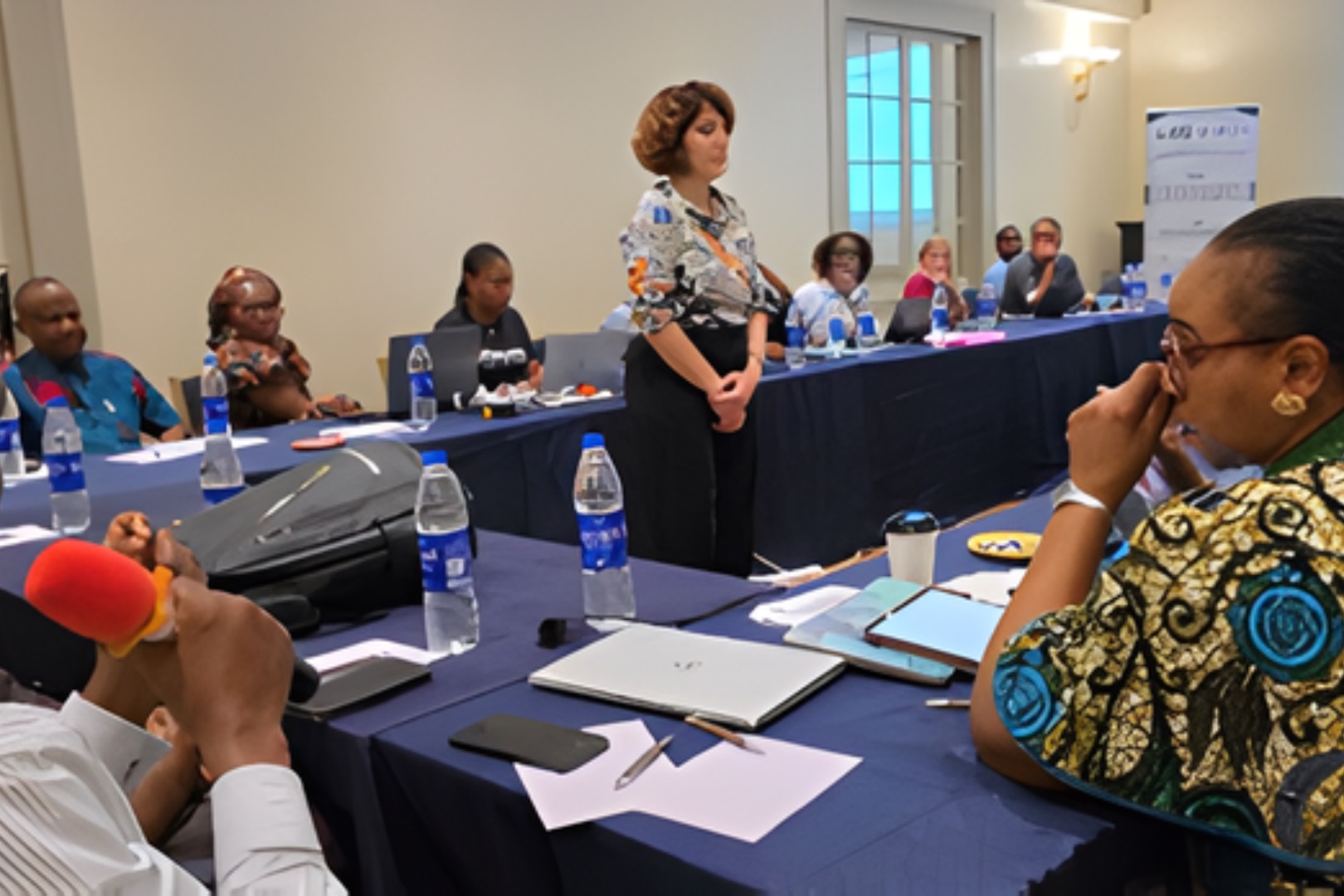
By Adedapo Adesanya
Nigeria has launched its first nationally representative survey on antimicrobial resistance to generate critical data to guide evidence-based policies, improve patient outcomes, and strengthen health system resilience.
Antimicrobial resistance occurs when bacteria, viruses, fungi, and parasites evolve to resist treatment, making infections harder to cure.
As a result, surveillance is essential to track resistance patterns, identify priority pathogens, and guide targeted interventions and with support from the World Health Organization (WHO) and other partners, the initiative marks a milestone in the country’s public health response.
Nigeria becomes the third country globally to partner with WHO on a national antimicrobial resistance survey. having been selected based on the country’s strong commitment to AMR surveillance, its updated WHO Nigeria NAP 2.0, and readiness to expand laboratory and data systems.
Africa’s most populous country ranks 20th globally for age-standardized mortality due to antimicrobial resistance . In 2019, an estimated 263,400 deaths in Nigeria were linked to it—more than the combined deaths from enteric infections, tuberculosis, respiratory infections, maternal and neonatal disorders, neglected tropical diseases, malaria, and cardiovascular diseases.
Globally, resistant infections in tertiary care settings cost between $2,371 and $29,289 per patient episode, extend hospital stays by an average of 7.4 days, and increase mortality risk by 84 per cent.
The survey will see the establishment of a national baseline on antimicrobial resistance prevalence to monitor interventions, assess the distribution, burden (morbidity, mortality, DALYs, cost), and diversity of AMR across regions and populations, as well as contribute to the global target of reducing AMR deaths by 10 per cent by 2030, in line with the political declaration endorsed at the 79th United Nations General Assembly in 2024.
It also seeks to strengthen routine antimicrobial resistance surveillance, including diagnostics, sample referral systems, and laboratory capacity.
Using WHO’s standardized methodology, the survey will run for 12–15 months and cover 40–45 randomly selected health facilities nationwide. Patients with suspected bloodstream infections (BSIs) will be identified using standard case definitions, and blood samples will be analysed in quality-assured laboratories.
Data will be collected across all age groups, covering clinical, demographic, laboratory, financial, and outcome indicators. Follow-up will occur at discharge, 28 days, and three months post-infection. The survey will sample approximately 35,000 patients suspected of BSIs to obtain around 800 isolates of the most common pathogens.
Dr Tochi Okwor, Acting Head, Disease Prevention and Health Promotion, Nigeria Centre for Disease Control and Prevention (NCDC) said, “With WHO’s support, we are confident the survey will generate the evidence needed to protect public health.”
WHO Representative in Nigeria, Dr Pavel Ursu, reaffirmed WHO’s commitment stating that ,“Nigeria is taking a decisive step toward combating AMR with an approach grounded in data, science, and measurable impact. This survey will provide the clarity needed to drive smarter policies, stronger surveillance, and better patient outcomes. Nigeria is laying the foundations for a resilient health system, one that protects lives, strengthens trust, and ensures that essential medicines remain effective for future generations.”
Adding her input, Dr Laetitia Gahimbare, Technical Officer at WHO Regional Office for Africa, added:“Strengthening surveillance enhances Nigeria’s capacity to detect and respond to AMR threats, supporting better patient outcomes, reinforcing health security, and building a resilient system.”
Professor Babatunde Ogunbosi, Paediatric Infectious Diseases Specialist at University College Hospital, Ibadan, highlighted the broader impact:, “This survey is about more than data. It’s about building national capacity for research, diagnostics, and policy. It integrates science into public health decision-making.”
Health
Our Vision Extends Beyond Offering Health Insurance Packages—SUNU Health
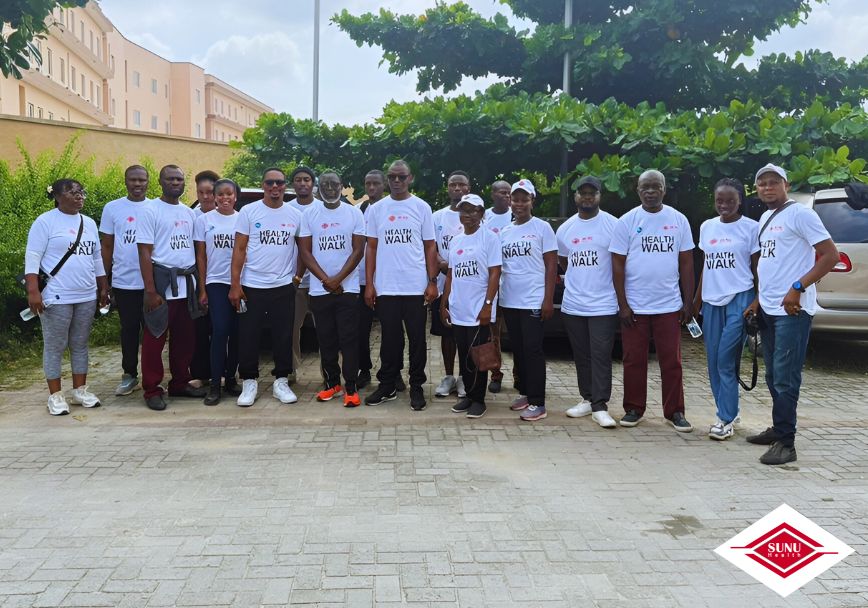
By Modupe Gbadeyanka
One of the leading Health Maintenance Organisations (HMOs) in Nigeria, SUNU Health, has said its philosophy is proactive wellness, noting that this was why it recently partnered with The Divine Physician and St. Luke Catholic Chaplaincy Centre for a community health initiative.
The chief executive of the company, Dr Patrick Korie, said, “SUNU Health’s vision extends far beyond merely offering health packages and insurance.”
“We are fundamentally interested in proactive wellness—preventing illness rather than just treating it. This annual exercise is a crucial part of that commitment, and we will continue to champion it for as long as we exist,” he stressed.
The medical practitioner led the company’s annual Health Walk in Lagos on Saturday, November 8, 2025. The event drew hundreds of health enthusiasts, including the Chaplain of the centre, Rev Fr. John Okoria SJ.
His active participation reinforced the spiritual and moral commitment to holistic well-being, proving crucial in mobilizing staff and community members, thereby ensuring the vital wellness message reached a broad and deeply engaged audience.
The health walk covered several major streets in Lagos, starting from Ishaga Road and navigating through Itire Road, Randle Avenue, Akerele, Ogunlana Drive, and Workers Street before concluding back at the starting point. Following the vigorous walk, participants engaged in a session of high-energy aerobics and other outdoor exercises, reinforcing the day’s focus on fitness.
“We are delighted to champion this vital health initiative alongside the Catholic Chaplaincy Centre LUTH/CMUL. The turnout was truly delightful, reflecting the community’s deep desire to embrace wellness.
“Collaborations like this amplify our message and commitment to the Nigerian community,” the Brand and Corporate Communications Lead at SUNU Health, Mr Samuel Olayemi, stated.
Health
80 Coronation Registrars Staff Donate Blood in Lagos CSR Initiative
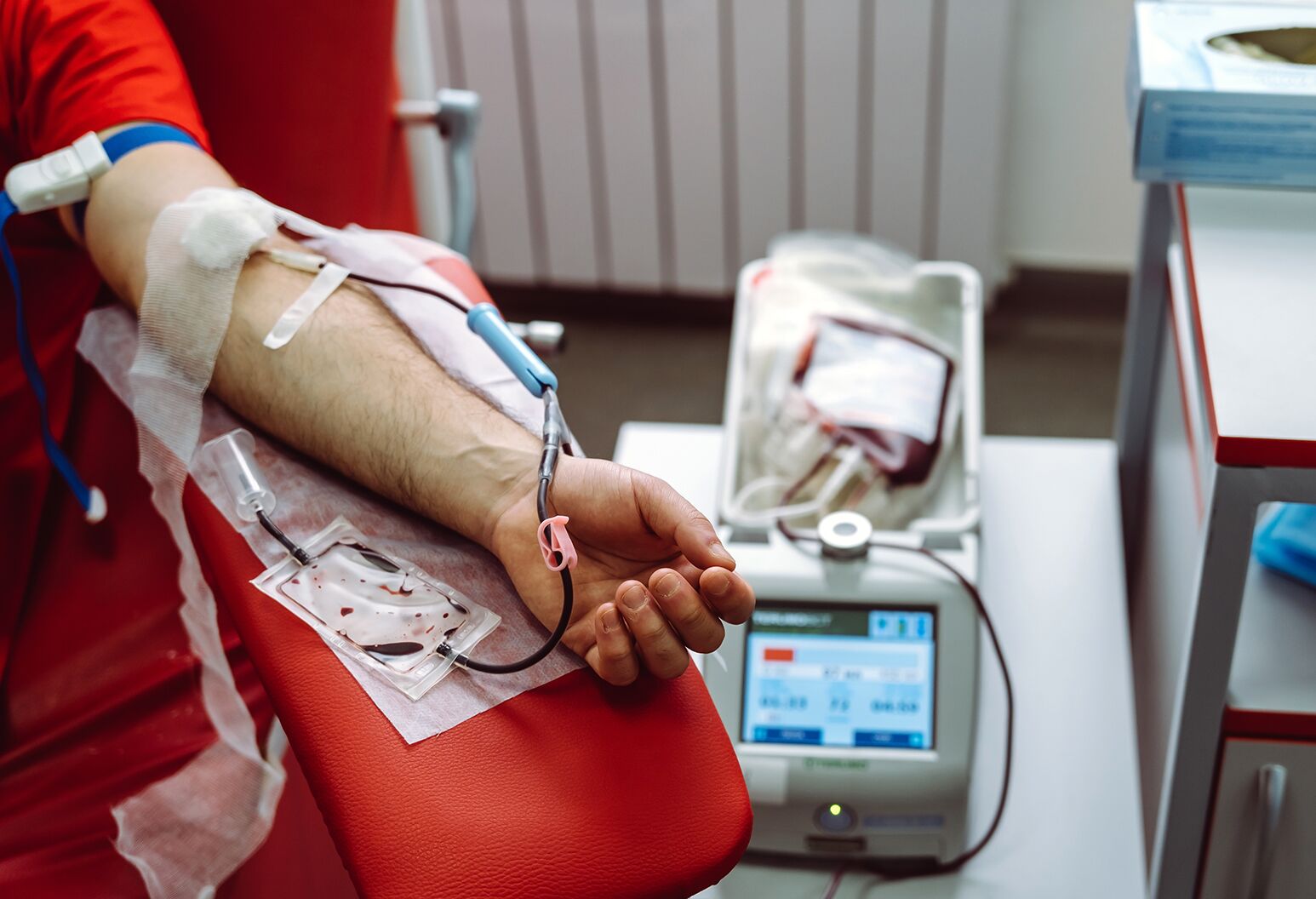
By Adedapo Adesanya
Coronation Registrars Limited, a subsidiary of Coronation Group, in partnership with the Lagos State Blood Transfusion Committee (LSBTC), recently hosted a Blood Drive Initiative at the 5th floor of Coronation Group Plaza. The event saw over 80 staff donate blood to support critical healthcare needs in Lagos State.
The Blood Drive Initiative forms part of Coronation’s commitment to meaningful, human-centred corporate social responsibility, a direct, measurable, and life-saving effort that reflects the Group’s health and sustainability values.
As Prosperity Partners dedicated to creating sustainable wealth for clients and the African continent, Coronation recognises that true prosperity extends beyond financial returns to encompass the well-being of communities we serve.
The company noted that this initiative enabled it to deliver immediate social impact by supporting national blood supply shortfalls through employee-driven action, demonstrate leadership in health-focused CSR aligned with ESG goals and SDG 3 (Good Health & Well-being), strengthen internal culture by fostering employee engagement, empathy, and purpose in a safe, structured environment, and reinforce corporate reputation through public-facing acts of service, stakeholder trust, and media visibility.
Blood donation remains a critical need in Nigeria, where regular blood supply is essential for emergency care, surgeries, and treatment of various medical conditions. Each donation can save up to three lives, and the collective effort of Coronation employees will significantly impact patients in need across Lagos State healthcare facilities.
“This aligns seamlessly with Coronation’s broader sustainability agenda, which views healthcare access as fundamental to building prosperous communities across Africa,” the company said in a statement on Tuesday.
Partnering with a certified medical institution, the drive was professionally managed, medically compliant, and logistically efficient. Participants underwent necessary medical screening procedures to ensure donor fitness and safety. Following their donations, donors received refreshments and appreciation for their life-saving contribution.
“At Coronation, we believe in making a meaningful difference in the communities we serve,” said Mr Oluseyi Owoturo, Chief Executive Officer of Coronation Registrars Limited. “This Blood donation Initiative reflects our values in action, saving lives, building community, and positioning the company as a purpose-driven brand. We’re proud of our employees who stepped forward to donate blood and save lives. This is what sustainable impact looks like: tangible solutions that address real challenges facing our continent.”
The partnership with the Lagos State Blood Transfusion Committee ensured professional handling of the donation process, meeting all safety and quality standards for blood collection and storage.
Coronation Registrars Limited says it continues to demonstrate that corporate success goes hand-in-hand with social responsibility.
“This initiative reinforces the company’s purpose to create a prosperous future for clients and the African continent through transformational solutions,” it added.
-

 Feature/OPED6 years ago
Feature/OPED6 years agoDavos was Different this year
-
Travel/Tourism9 years ago
Lagos Seals Western Lodge Hotel In Ikorodu
-

 Showbiz3 years ago
Showbiz3 years agoEstranged Lover Releases Videos of Empress Njamah Bathing
-

 Banking7 years ago
Banking7 years agoSort Codes of GTBank Branches in Nigeria
-

 Economy3 years ago
Economy3 years agoSubsidy Removal: CNG at N130 Per Litre Cheaper Than Petrol—IPMAN
-

 Banking3 years ago
Banking3 years agoFirst Bank Announces Planned Downtime
-

 Banking3 years ago
Banking3 years agoSort Codes of UBA Branches in Nigeria
-

 Sports3 years ago
Sports3 years agoHighest Paid Nigerian Footballer – How Much Do Nigerian Footballers Earn



